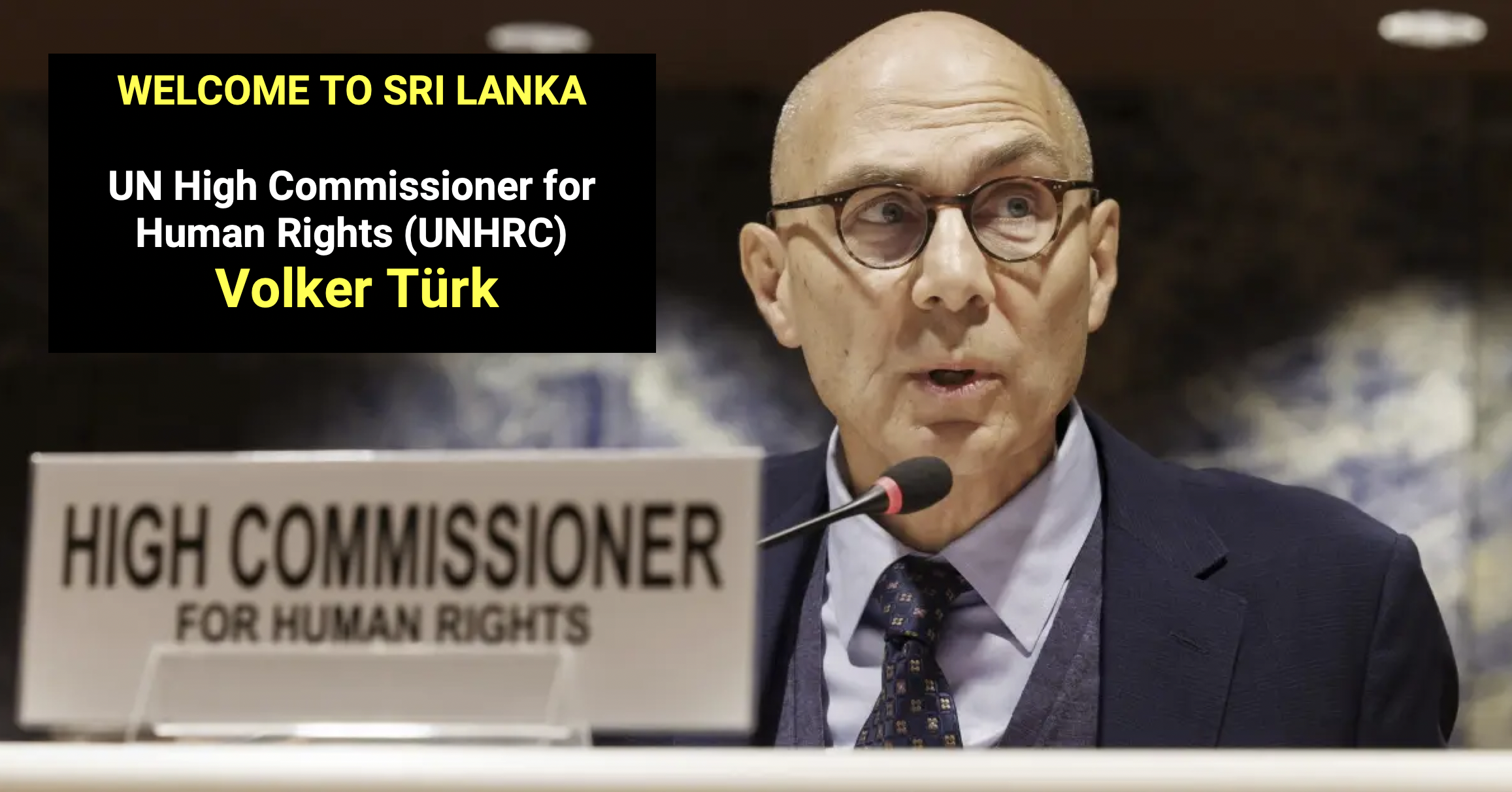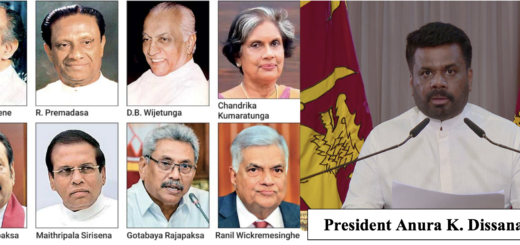Buddhism in the Land now called Pakistan

Buddhism entered the northwestern region of the Indian subcontinent (today’s Pakistan) around the 3rd century BCE through Emperor Ashoka’s patronage after the Kalinga War with Gandhara (present-day Peshawar Valley and Taxila region) and Sindhu (Sindh) becoming major centers of Buddhist culture that prevailed for over 1200 years running parallel to Afghanistan’s Buddhist era.
Ancient Buddhist Territories
Before Pakistan existed as a nation, the lands were known by historical names:
- Arachosia, Gandhāra, Punjab, Sindh, and Balochistan.
These regions were flourishing Buddhist centers, monasteries, and universities, attracting scholars, pilgrims, and traders from across Asia. Gandhāra was particularly renowned for its unique fusion of Greek, Persian, and Indian artistic styles, producing the world-famous Gandhāra art.
Buddhism in Pakistan
- Buddhism entered the region through Ashoka’s missionary efforts in the 3rd century BCE, later reaching its peak under the Kushan rulers (1st–3rd centuries CE), especially Emperor Kanishka, who actively patronized monasteries and convened major Buddhist councils.
- Although earlier Achaemenid and Hellenistic influences shaped the cultural backdrop, it was Ashoka who firmly established monasteries, stupas, and centers of learning across Gandhāra, Punjab, and Sindh, transforming the area into one of Buddhism’s most vibrant frontiers.
- Over time, Buddhism absorbed both Hellenistic and local traditions and spread along extensive trade routes, making the lands of present-day Pakistan a flourishing hub of Buddhist civilization for more than a millennium before the Islamic conquests.
- Vajrayāna Buddhismdeveloped in Uḍḍiyāna (Swat Valley).- Padmasambhava, later known as Guru Rinpoche, who carried Vajrayāna Buddhism into Tibet in the 8th century, is believed to have drawn inspiration from Buddhist centers in Uddiyana (present-day Swat Valley in Pakistan). His legacy ties Pakistan’s northwest directly to the spread of tantric Buddhism across the Himalayas.
- Major monasteries included Taxila, Takht-i-Bahi, Swat Valley complexes, and hundreds across Punjab and Balochistan.
Archaeologist F.B. Flood notes:
“Temple after temple was broken down by the foreign conqueror… the material evidence of Gandhāra art was systematically erased.”
Flourishing of the Gandhara School
The Gandhara region developed a unique Greco-Buddhist art style, blending Hellenistic naturalism with Buddhist symbolism. Taxila became a renowned university city attracting monks and scholars.
Monastic Presence
Archaeological surveys indicate hundreds of monasteries once existed:
- In Gandhara and the Swat Valley, estimates range between500–1,000 monasteries during the Kushan and Gupta periods.
- Punjab and Sindh also hosted large viharas and stupas, though less numerous than Gandhara.
- Baluchistan contained important cave monasteries linked to Silk Road trade routes.
The Chinese pilgrim Xuanzang (7th century CE) recorded over 1,000 monasteries in Gandhara alone, with tens of thousands of monks.
Islamic Conquest and Iconoclasm
Buddhism in this region lasted nearly 1,500 years (3rd century BCE – 12th century CE).
Its decline began with Huna invasions in the 5th century, but the decisive collapse occurred with the Arab conquest of Sindh in 711 CE under Muhammad bin Qasim, and later with Ghaznavid and Ghurid invasions. By the 12th century, Islamization had erased most living Buddhist institutions.
From the 7th–12th centuries CE, successive Arab, Turkic, and Persian Muslim conquerors entered these regions. Islamization resulted in:
- Destruction of monasteries and stupas.
- Iconoclasm targeting Buddha statues, reliefs, and inscriptions.
- Re-purposing of Buddhist sites into mosques or fortresses.
Unlike Afghanistan, where the Taliban dynamited the Bamiyan Buddhas in 2001, Pakistan’s state today preserves Buddhist sites such as Taxila and Mohra Moradu, partly for international tourism and revenue. Yet, local neglect, looting, and Islamist hostility continue to endanger these remnants.
Scholars consistently link the destruction of Buddhist monuments to Islamic iconoclasm, rooted in the belief that images of worship are un-Islamic. Historian Richard Eaton notes that Muslim invaders often targeted temples and stupas not just for wealth, but also as religious duty. Archaeologist Ihsan Ali similarly observes that “the Gandharan Buddhist heritage suffered systematic destruction under successive Islamic dynasties, though fragments survived in remote valleys.”
Population Then and Now
At its height (1st–7th centuries CE), present-day Pakistan’s lands may have been home to millions of Buddhists, with Xuanzang recording over 1,000 monasteries and tens of thousands of monks in Gandhāra alone.
Lay followers spread across Punjab, Sindh, Balochistan, and Swat, making Buddhism a living faith for entire populations.
Today, by stark contrast, Pakistan has fewer than 40,000 Buddhists, mostly in Sindh and Gilgit-Baltistan.
While official Pakistani records list fewer than 2,000 Buddhists (2017), independent community estimates place the number between 20,000–40,000, concentrated in Sindh and southern Punjab. Regardless of the exact figure, Buddhism is today only a faint shadow of the flourishing tradition that once dominated the region for over 1,200 years.
Note: minorities in Pakistan (including Hindus, Sikhs, Buddhists) do not appear in official counts because they lack national ID cards, fear discrimination & may register as “Hindu” or “Other” resulting in lumping all together.
A civilization that once flourished for more than a millennium has been reduced to a near-vanished minority — a striking reminder of the irreversible cultural and demographic impact of conquest and religious transformation.
Duration of Buddhism in Present-Day Pakistan
- Flourished roughly from 3rd century BCE to 10th–12th century CE.
- Ran parallel with Afghan Buddhist civilization.
- Survived 12–15 centuries before largely disappearing due to Islamic conquest and iconoclasm.
Contrasts with Afghanistan
The Islamization of Gandhara and Punjab unfolded parallel to that of Afghanistan. Both regions lost Buddhism by the 12th century, but while Afghanistan erased its Buddhist memory almost completely, Pakistan retains scattered monuments. This difference lies less in tolerance and more in modern state policy: Pakistan recognizes Buddhist heritage as an economic and diplomatic asset.
- Afghan Buddhists saw systematic destruction without state protection, leading to near-total erasure of heritage.
- Pakistan, in contrast, has retained and restored certain sites, acknowledging their historical and economic value.
- This illustrates that Muslim-majority nations differ in their approach to pre-Islamic heritage: iconoclasm rooted in religious doctrine versus pragmatic preservation of culture.
What Remains
While Buddhism no longer flourishes, Pakistan’s archaeological sites, stupas, and Gandhāra art remain globally recognized. Preservation efforts, however, face challenges: urbanization, neglect, and political shifts.
Lessons for Today
- Islamic iconoclasmwas historically motivated by doctrinal beliefs — destruction of non-Islamic imagery was part of conquering and consolidating rule.
- Preservation requires foresight, not mere tolerance: Pakistan demonstrates how heritage can coexist with a majority religion while retaining cultural identity. This is a crucial and important factor that has to be applauded & appreciated.
The Buddhist heritage of Pakistan demonstrates both the vulnerability of civilizations to religious conquest and the enduring power of cultural memory when safeguarded. It is a warning and a lesson for remaining Buddhist nations: heritage must not only be celebrated, but actively protected – the significance of Sri Lanka’s Article 9 and Article 16 is re-emphasized in this regard.
Shenali D Waduge







